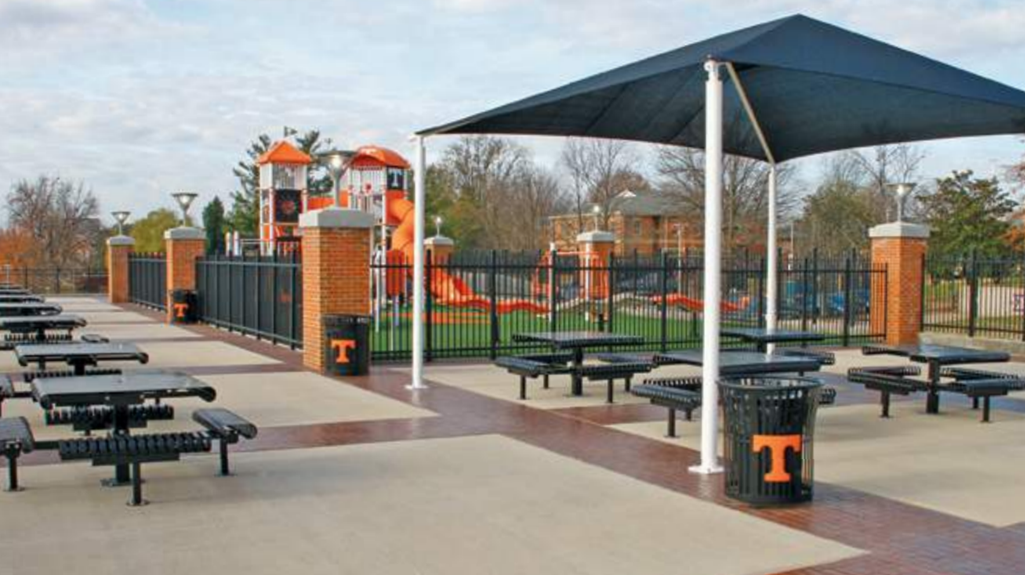Play and rest spaces’ importance in everyday life is more evident than ever. Parks and public spaces are areas where people can relax, socialize, and, in the case of children, develop physical and cognitive skills through play. However, finding the perfect balance between place-based furniture and play spaces can be challenging for urban designers and planners. In this article, we will show how to find this balance and create spaces that suit the needs of all users.
The importance of play and rest
Before delving into the importance of balancing playgrounds and site furnishing, it is necessary to understand the importance of play and rest in everyday life. Play is essential for child development, as it helps improve physical, cognitive, and social skills, so playgrounds allow children to explore, imagine, and create, which is fundamental for their emotional and creative development.
On the other hand, rest is essential for the health and well-being of people of all ages. Rest spaces like parks and plazas allow people to relax, read a book, take a walk, or enjoy the outdoors. These spaces are also crucial for the community, allowing everyone to interact and socialize.
The balance between play and rest
There must be a balance between play and rest. First, it is essential to remember that play and rest spaces are not mutually exclusive; they can coexist in harmony in the same public space.
For example, a playground can have a play area for children with children’s play equipment and a rest area for adults with site furniture like benches and tables. In this way, children can enjoy playing while adults can relax and supervise their children.
The age and needs of the users should also be taken into account. Play and rest spaces should be suitable for different ages and needs. For example, a play space for young children should have play equipment appropriate for their age and abilities, while a lounging space for adults may include comfortable benches and tables and shade from the sun.

Site furniture for adults and children
As mentioned in the previous examples, any area can have a playground where children can play and a rest area for adults, but this does not mean that the site furniture is exclusively for adult use. It is also necessary to provide spaces where children can rest or even play more calmly and quietly and spend time with their family, having picnics or doing school activities and homework outdoors.
Considering Inclusion
It is crucial to consider accessibility and inclusion. Playgrounds and rest areas should be accessible regardless of age, abilities, or disabilities. This means spaces should be obstacle-free and have play equipment and furniture suitable for disabled people.
There are many examples of good practice in creating play and rest spaces that suit the needs of all users, where designers and urban planners have created the perfect harmony between integrated play and rest spaces in the same public space.
Designs for every need
Finding the balance between playgrounds and site furnishing is essential to creating public spaces that adapt to the needs of all users; therefore, spaces must be designed to be accessible and inclusive for everyone. Consequently, it is essential to seek advice from specialists in manufacturing and maintaining playgrounds to create integrated spaces for play and rest and encourage community and coexistence, making it an ideal place to relax, play, and enjoy the outdoors.
What did you think of this topic? Do you want to know more about playgrounds and site furniture?
